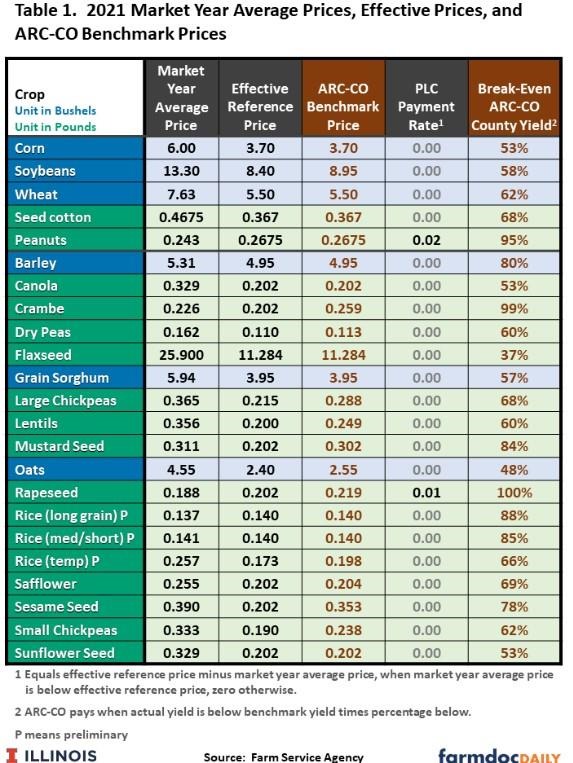By Xcaret Nuñez
Following basic biosecurity measures at county and state fairs helps prevent the spread of diseases between animals, exhibitors and fairgoers.
Oklahoma’s county and state fair season is the time of year family and friends get together, the smell of funnel cake fills the air and fairgoers line up for thrilling rides. It’s also the time of year when many 4-H and FFA exhibitors showcase the hard work they put into caring for their animals and compete for a grand champion ribbon.
While competing in the show ring can be fun, young livestock exhibitors prioritize keeping themselves and their animals clean and healthy. The fairgrounds are a space where a variety of animals come together from various parts of the county, state and sometimes from out-of-state. That also allows for the possible spread of viruses and infectious diseases, said Dr. Rosslyn Biggs, a beef cattle specialist for Oklahoma State University’s Extension and director of continuing education for OSU's College of Veterinary Medicine.
“Before showing, I like to see a daily biosecurity plan,” Biggs said. “It’s an assessment reviewing what is normal for my show animal.”
Biosecurity refers to the steps farmers and ranchers take to protect their animals, themselves and others from the potential transmission of diseases or infections, Biggs explained. People’s overall awareness of public health has grown throughout the past three years, and experts say monitoring animal health remains essential.
“Fortunately, there’s no disease outbreaks that are of high concern right now in any of our livestock animals,” Biggs said. “But it's always important for animal owners to be aware and look for any unusual signs that might give us an indication that there isn't illness going on.”

KOSU
KOSU's Agriculture and Rural Communities Reporter Xcaret Nuñez gathers audio of cows mooing at the Payne County Fair.
Fairgoers’ role
Fairgoers also play an essential part in keeping animals at the fair healthy and safe. Zoonotic diseases, like COVID-19, salmonella and Lyme disease, are transmitted from animals to humans, Biggs explained. But there are also reverse zoonotic diseases that can be transmitted from humans to animals, she added. It’s important to practice good personal hygiene in order to avoid the spread of any diseases.
“Take advantage of that petting zoo, but make sure [to] wash your hands and use that hand sanitizer, if we don't have soap and water readily available, before [you] go out and eat or drink afterward,” she said.
Before the show
FFA and 4-H exhibitors spend months raising and caring for their animals ahead of competing in any showcase. In addition to responsibility and good sportsmanship, Biggs said it’s crucial both programs educate people about biosecurity at an early age to reinforce healthy practices down the line.
“In many cases, these young people are future farmers and ranchers,” Biggs said. “And so we want to practice good skills early on, and that will lead to better practices as adults.”
In addition to always making sure to check their animals are not acting out of the ordinary, she also encourages exhibitors and their families to take preventative measures by keeping their animals up-to-date on their vaccines.
“We want to make sure, first and foremost, that we're bringing healthy animals into the event and that we have all of our documents in order,” Biggs said.
Click here to see more...